But the good news is, solutions are coming hard and fast out of the woodwork, writes Satyen K Bordoloi
There’s scarcely a technology that exists without an Achilles heel. Blockchain – its promise of radically transforming almost everything we do notwithstanding – has one of the biggest ‘Kryptonite’ in the tech world: its carbon footprint.
As per an online tool called the Bitcoin Energy Consumption Index, Bitcoin with 113 megatons of CO2 annually has a carbon footprint larger than New Zealand and comparable to that of the Czech Republic, and at 204 TWh uses power more than Chile’s consumption and comparable to Thailand. It also generates 34 kilotons of waste, as much as the small IT equipment waste of the Netherlands. Ethereum and Dogecoin which this index from Digiconomist also tracks are less polluting but harmful nonetheless.
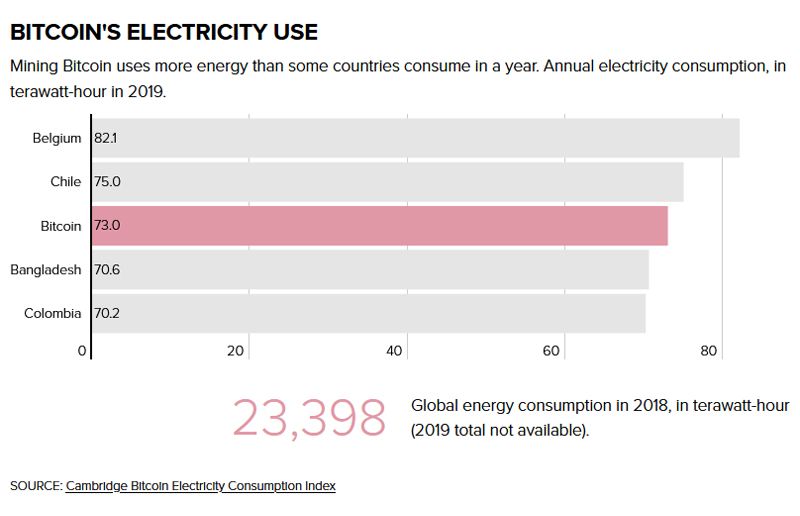
The reason for blockchain’s carbon footprint being off the charts is simple. Unlike money created by central banks and regulated by global structures and standards, cryptocurrencies are decentralized, ‘mined’ using computers solving cryptic puzzles, and stored and tracked on public ledgers where each computer inside a network of computers that can run into millions, stores data for every transaction. These are highly energy-intensive processes.
If you consider that cryptocurrency adoption grew 880% between July 2020 and June 2021 and that its market is expected to have a compound annual growth rate (CAGR) of 30% to reach nearly $5.2 billion by 2026 from around $793 million in 2019 and that newer applications are being invented for blockchains literally every day with NFT being just one that shot up exponentially last year; you’ll realise that in an era of climate change consciousness the gargantuan carbon footprint of blockchain can’t pass muster.
Turns out “Net-Zero” emission is not just an expectation of environmental activists, but an overriding business issue. In March 2021 Austrian architect Chris Precht said that he had scrapped plans to sell NFTs of his digital artworks “due to the environmental impact of mining the digital tokens.” He wanted to sell three digital artworks using blockchain technology by creating 300 tokens but he said this “would have used the amount of electricity I usually use in two decades.”
If you add this to the fact that only about one-fifth of the electricity consumed by the world comes from renewables, you realise that the problem needs urgent attention.
The mindset of tech entrepreneurs, when faced with issues, can be best summed up in this cliché: ‘science the s**t out of the problem.’ Surely an idea based entirely on technology and run by techies, will have acceptable technological solutions? The good news is, that solutions are coming hard and fast out of the woodwork.
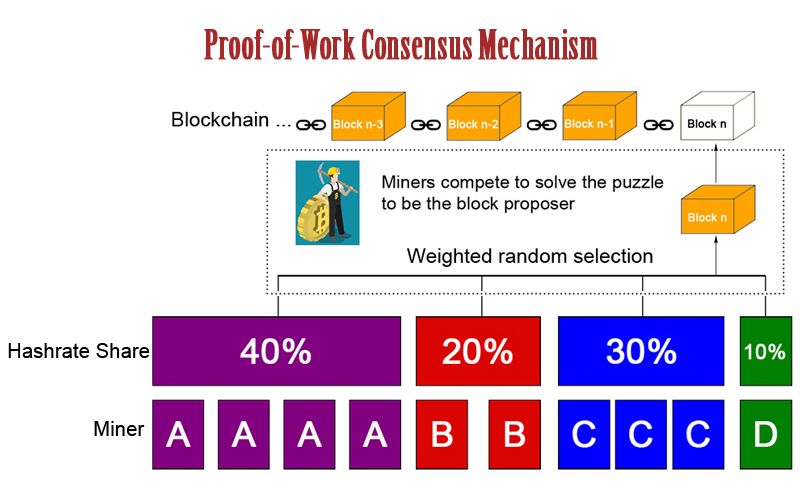
The world’s second most popular cryptocurrency – Ether, whose Ethereum network has a sizable foray into the NFT space as well, is moving from the traditional cryptocurrency Proof-of-Work (PoW) model (the more time you spend mining, the more you get) to a Proof-of-Stake (PoS) block building system. Unlike traditional blockchains, PoS does not require puzzle solving thus exponentially reducing energy consumption. PoS instead uses algorithms to select participants: the more one uses Ether or has it in her collection, the more they are allocated by the algorithm.
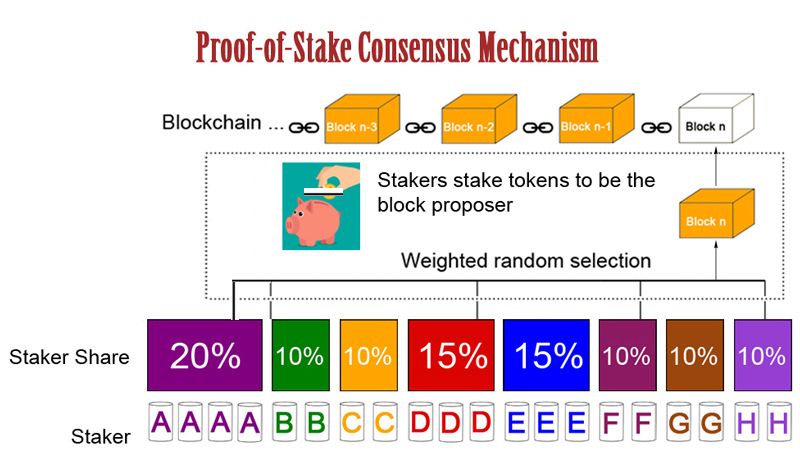
By mid-2021 Ethereum had already reduced its carbon footprint to half that of Bitcoin. The wide-scale deployment of PoS is expected to reduce this further.
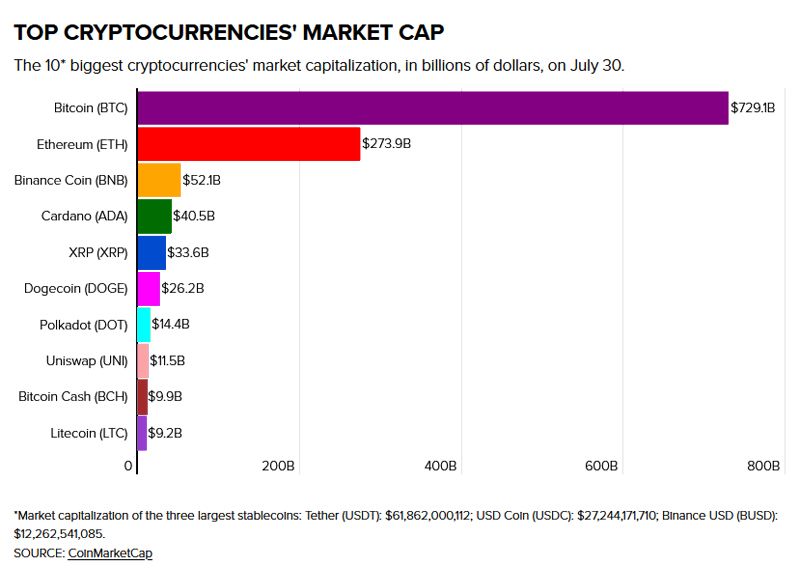
A new, efficient system called Palm that uses the Ethereum blockchain to trade NFTs, claims to use 99% less energy. Another called Cardano for NFT trading, calls itself the first carbon-negative blockchain. There are dozens of other blockchain applications that are conscious of their carbon footprint and have actively figured out ways to mitigate their negative impact. Some of these are Powerledger, SolarCoin, Stellar, IOTA, Signum, Tron, EOSIO, Nano, Electroneum, etc.
These are not the only solutions being put out there to negate blockchain’s negative environmental impact.
One proposed solution is to develop efficient machines; something which is already happening. Today we can’t even fathom what quantum computing that is slated to expand current computing power into multiple exponents, will do to traditional cryptocurrency mining. Mining that traditional computing did in days, would take a quantum computer seconds.
Another solution proposed is to decrease the difficulty of puzzles, so it doesn’t consume as much power. The trouble with it is that this will only incentivize miners to mine more and could lead to more consumption, not less. Ethereum network’s idea to remove puzzle-solving altogether with PoS is a much better option.
There are other out-of-the-box solutions. MintGreen is a Canadian start-up specialising in using the heat generated from crypto mining to heat up homes. In Quebec, people are opening crypto mining farms not just to earn some extra money, but also to heat up homes.
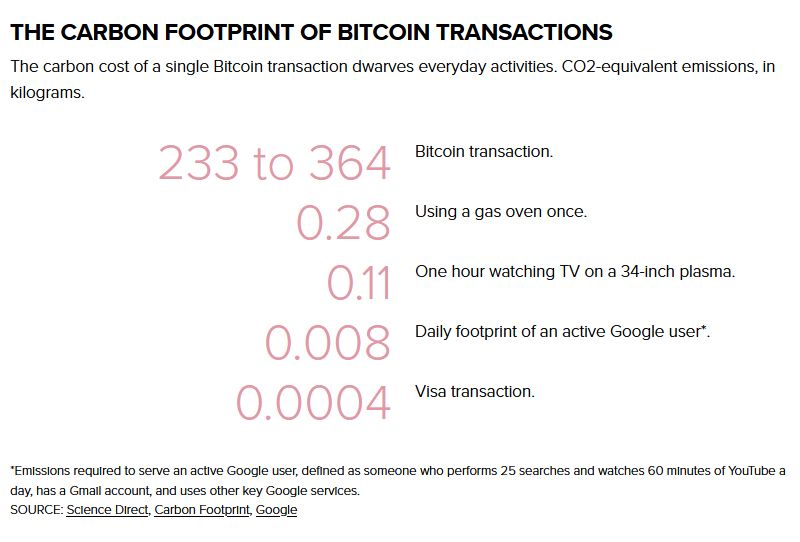
Going the opposite way is the nation of El Salvador which is situated over many volcanoes. It has launched national mining farms powered by geothermal power i.e. the heat produced by volcanoes goes directly to power the crypto mining farms. Of course, this is not a solution that is applicable across the world. But the idea – of localising power production based upon available resources rather than imported ones – is.
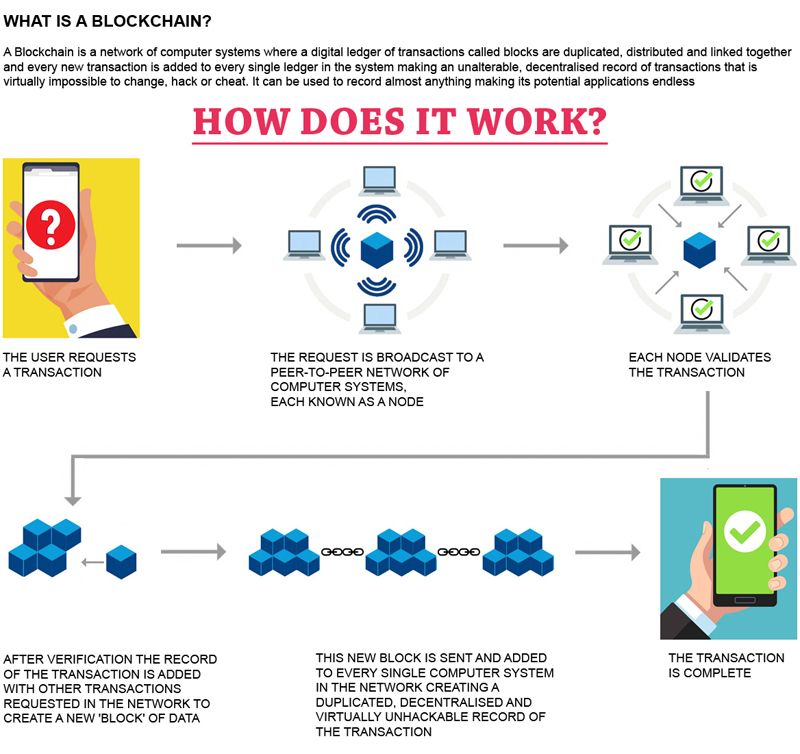
Over the years, the use of blockchain technology has not been without accusations of environmental damage. However, thanks again to technology, the era of guilt-free blockchain use is right around the corner. Hope artists like Chris Precht, are listening.
In case you missed:
- Nuclear Power: Tech Giants’ Desperate Gamble for AI
- You’ll Never Guess What’s Inside NVIDIA’s Latest AI Breakthrough
- The Great AI Browser War: When AI Decided to Crash the Surfing Party
- To Be or Not to Be Polite With AI? Answer: It’s Complicated (& Hilarious)
- AI Taken for Granted: Has the World Reached the Point of AI Fatigue?
- AIoT Explained: The Intersection of AI and the Internet of Things
- Rise of the Robolympics: When R2-D2 Meets Rocky Balboa
- A Data Centre on the Moon – From Sci-Fi to Necessity
- AI as Cosmic Cartographer: Teen’s Discovery Illuminates Positive Power of Artificial Intelligence
- Microsoft’s Quantum Chip Majorana 1: Marketing Hype or Leap Forward?











1 Comment
Nice one!